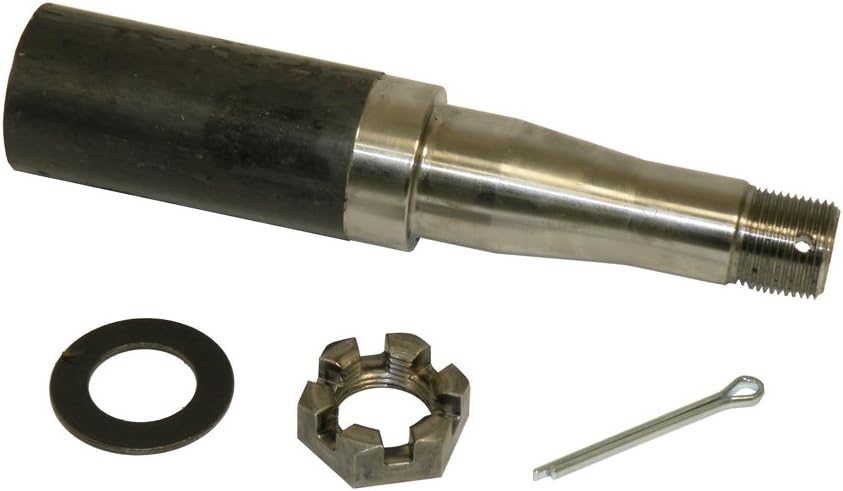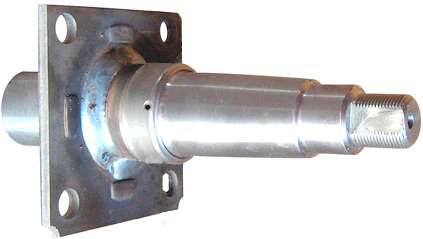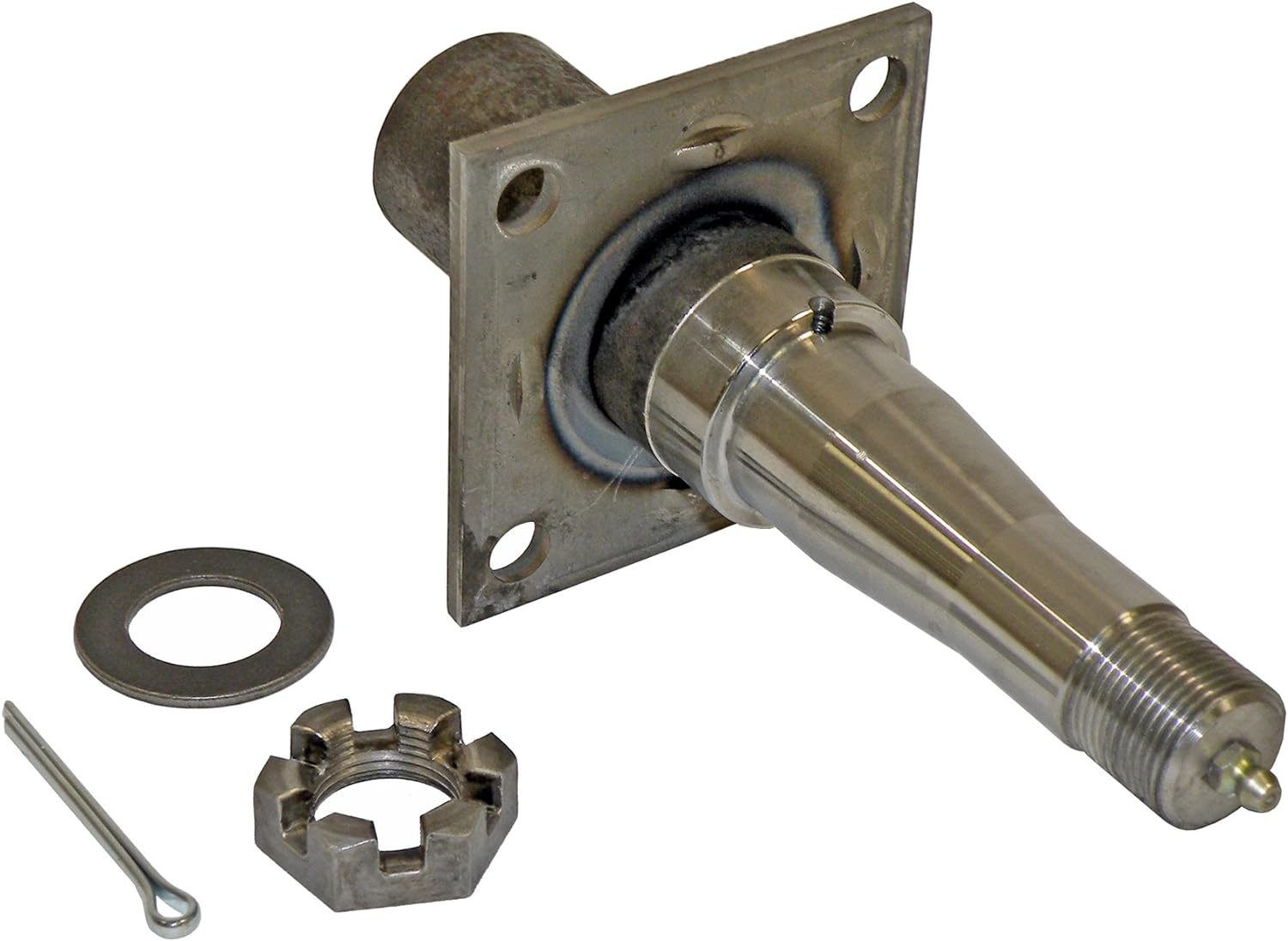Product Description
CHINAMFG is specialized in manufacturing forgings parts for more than 25 years.The company covers an area of 20000 square meters, with a registered capital of 5 million yuan and a capacity of 15000 tons per year.
The chief products include Trailer Parts, Agricultural Spare parts, Auto parts, Petroleum parts and other OEM parts with special drawings and samples
| Process | Mainly Hot forging, Some parts with Cold forging ,die forging and Free forgin will be OK |
| Material | Carbon steel: A36,1045,1035 etc., Alloy steel: 40Cr, 20CrMnTi, 20CrNiMo, 42CrMo4 etc., Stainless steel, SS304,SS316 etc. |
| Standard | ISO, DIN, ASTM, BS ect. |
| Weight | 0.1kg – 120kg |
| Applicable Machining Process | CNC Machining/ Lathing/ Milling/ Turning/ Boring/ Drilling/ Tapping/ Broaching/Reaming etc. |
| Machining Tolerance | 0.02mm-0.1mm |
| Machined Surface Quality | Ra 0.8-Ra3.2 according to customer requirement |
| Applicable Heat Treatment | Normalization , quenching and tempering, Case Hardening, Nitriding, Carbon Nitriding, Induction Quenching |
| Applicable Finish Surface Treatment | Shot/sand blast, polishing, Surface passivation, Primer Painting , Powder coating, ED- Coating, Chromate Plating, zinc-plate, Dacromat coating, Finish Painting, |
| Testing equipment | Supersonic inspection machine, Supersonic flaw detecting machine , physics and chemical analysis. |
| Packing | Wooden cases or according to customers’ needs |
| MOQ of mass production | 1000-5000pcs |
The products are made in conformity with the international standard(DIN,ANSI and BS),advanced technology and perfect management system for quality control,Gear reputation spreads in North American,Europe,Australia and so on.
The main forging equipment includes: Friction press production line of 4000T,1600T,630T and 300T with assistant of molds processing machines.100KJPJ PLC hydraulic forging hammer,2T&3T Electro hydraulic hammer,Type 250,450&650 Vertical Ring Rolling Machines.Heat treatment equipment Includes:medium frequency induction heating furnace,Continuous tempering furnace,1000KG/Hour No oxidation isothermal normalizing furnace.With current equipment,we can produce forging parts from 0.1kg to 120 kg
The machining factory is fully equipped with complete and advanced CNC machining equipment including 20 vertical and horizontal machining centers and more than 30 NC machines, the machining facility is fully independent from the forging foundry and has an independent management team and tailored business model to suit.
Quality Control
The company regards quality as cooperate life,as here to high standard and and high quality.We got ISO9001:2008 and TS16949 system,also sets up the consummate testing system,perfects quality assurance system,implements the rigid quality management,our aim is to realize zero defect,ensure each product to satisfy user.
The main testing equipment includes:3-coordinate measuring machine,Optical Spectrum Analyzer,tensile testing machine,impact testing machine,fluorescent magnetic particle detector,hardness tester,ultrasonic flaw detector..etc.
| After-sales Service: | One Year Guarantee |
|---|---|
| Warranty: | One Year Guarantee |
| Type: | Trailer Parts |
| Samples: |
US$ 30/Piece
1 Piece(Min.Order) | Order Sample according to customers′ drawings
|
|---|
| Customization: |
Available
|
|
|---|
.shipping-cost-tm .tm-status-off{background: none;padding:0;color: #1470cc}
|
Shipping Cost:
Estimated freight per unit. |
about shipping cost and estimated delivery time. |
|---|
| Payment Method: |
|
|---|---|
|
Initial Payment Full Payment |
| Currency: | US$ |
|---|
| Return&refunds: | You can apply for a refund up to 30 days after receipt of the products. |
|---|

What are the signs that indicate a need for trailer spindle replacement or maintenance, and how can they be diagnosed?
Proper maintenance and timely replacement of trailer spindles are essential for safe towing. Here’s a detailed explanation of the signs that indicate a need for spindle replacement or maintenance and how they can be diagnosed:
- 1. Excessive Play or Movement: If you notice excessive play or movement in the trailer wheels when jacked up or during towing, it may indicate worn-out or damaged spindles. To diagnose this, you can grasp the tire at the top and bottom and try to wiggle it. Excessive movement or play indicates a potential issue with the spindles that requires inspection and possible replacement.
- 2. Abnormal Noises: Unusual noises, such as grinding, squeaking, or rumbling sounds, coming from the trailer wheels while in motion can be a sign of spindle problems. These noises may indicate worn-out bearings, insufficient lubrication, or misaligned spindles. To diagnose the issue, you can listen for any unusual noises while towing or rotating the trailer wheels by hand. If abnormal sounds are present, it is recommended to inspect the spindles and bearings for damage or wear.
- 3. Irregular Tire Wear: Pay attention to the tire wear patterns on the trailer. If you notice uneven or abnormal tire wear, such as cupping, feathering, or bald spots, it could be an indication of misaligned or damaged spindles. To diagnose this, visually inspect the tires for any signs of uneven wear and check for any underlying issues with the spindles or suspension system.
- 4. Excessive Heat: Overheating of the trailer spindles can be a sign of bearing or lubrication problems. If you feel excessive heat when touching the spindle after a tow, it may indicate inadequate lubrication, worn-out bearings, or other issues. To diagnose this, carefully touch the spindles after towing and check for any unusual heat levels. If the spindles feel excessively hot, it is advisable to inspect and address the cause promptly.
- 5. Leaking or Contaminated Grease: Grease leakage or contamination around the spindle area can indicate a problem with the bearings or the spindle seal. Inspect the spindles for any signs of grease leaks or contamination. Excessive grease buildup or the presence of water or debris in the grease may indicate a need for spindle maintenance or bearing replacement.
- 6. Visual Inspection: Regular visual inspection of the spindles is crucial for identifying any visible signs of damage, corrosion, or wear. Look for cracks, fractures, or deformities in the spindle structure. Inspect the spindle surface for signs of rust or corrosion that can weaken the spindle’s integrity. Additionally, check for any loose or missing components, such as nuts or bolts, that secure the spindle to the trailer frame.
- 7. Professional Inspection: If you are uncertain about the condition of the trailer spindles or if you notice any of the aforementioned signs, it is advisable to seek a professional inspection. A qualified mechanic or trailer specialist can perform a thorough examination of the spindles, bearings, and associated components to accurately diagnose any issues and recommend appropriate maintenance or replacement.
Proactive monitoring, regular inspection, and prompt diagnosis of any signs indicating a need for trailer spindle replacement or maintenance are crucial for maintaining safe towing conditions. It is important to address spindle issues promptly to prevent further damage, ensure optimal performance, and minimize the risk of accidents or failures during towing.

What advantages do certain types of trailer spindles offer compared to others?
Trailer spindles come in various types, and each type offers unique advantages compared to others. Here’s a detailed explanation:
- Straight Spindles:
Straight spindles are the most common type and offer several advantages:
- Cost-Effective: Straight spindles are relatively simple in design and construction, making them cost-effective compared to other types.
- Wide Availability: Straight spindles are widely available, making them easy to find and replace if needed.
- Easy Maintenance: Straight spindles are relatively easy to maintain and service, requiring fewer specialized tools or techniques.
- Tapered Spindles:
Tapered spindles provide their own set of advantages:
- Increased Load Capacity: Tapered spindles are designed to handle higher load capacities compared to straight spindles of similar size. The tapered shape enhances their strength and load-bearing capabilities.
- Better Alignment: Tapered spindles offer improved wheel alignment as they allow for precise fitment of the wheel hub assembly. This helps in maintaining proper tracking and reduces tire wear.
- Enhanced Stability: The taper design of these spindles contributes to enhanced stability during towing, reducing the risk of wheel wobbling or vibrations.
- Drop Spindles:
Drop spindles offer specific advantages for certain trailer applications:
- Lowered Trailer Height: Drop spindles are designed to lower the trailer’s ride height, allowing for easier loading and unloading of cargo or equipment.
- Improved Ground Clearance: By lowering the trailer height, drop spindles can also improve ground clearance, reducing the risk of bottoming out on uneven terrain.
- Enhanced Aerodynamics: The lower trailer height achieved with drop spindles can improve aerodynamics, leading to potential fuel efficiency gains.
- Brake Spindles:
Brake spindles offer advantages when used with trailer braking systems:
- Integrated Braking: Brake spindles are designed to accommodate brake assemblies and provide a mounting point for the brake components, allowing for integrated braking systems.
- Improved Stopping Power: Brake spindles, when used with appropriate brake systems, enhance the trailer’s stopping power, improving overall safety during towing.
- Controlled Braking: Brake spindles provide better control and modulation of braking forces, allowing for smoother and more controlled stops.
It’s important to note that the advantages of certain types of trailer spindles may be more relevant to specific trailer applications or towing requirements. Consideration should also be given to factors such as load capacity, compatibility with other trailer components, and manufacturer recommendations when selecting the appropriate spindle type for a given application.
In summary, certain types of trailer spindles offer advantages over others. Straight spindles are cost-effective, widely available, and easy to maintain. Tapered spindles provide increased load capacity, better alignment, and enhanced stability. Drop spindles lower the trailer height, improve ground clearance, and enhance aerodynamics. Brake spindles offer integrated braking, improved stopping power, and controlled braking. Understanding the advantages of different spindle types helps in selecting the most suitable option based on specific trailer requirements and towing needs.

What is a trailer spindle, and what role does it play in a trailer’s construction?
A trailer spindle is a crucial component in the construction of a trailer. It serves a vital role in supporting and facilitating the movement of the trailer’s wheels. Here’s a detailed explanation of what a trailer spindle is and its significance in a trailer’s construction:
A trailer spindle is a shaft-like component that connects the trailer axle to the wheel hub. It is typically made of high-strength steel and is responsible for supporting the weight of the trailer and facilitating the rotation of the wheels. The spindle is mounted within the wheel hub assembly and allows the wheel to rotate smoothly and securely.
The trailer spindle performs several important functions:
- Wheel Attachment: The spindle provides a secure attachment point for the trailer wheels. It is designed to fit into the wheel hub assembly and is often tapered to ensure a tight and reliable connection. The wheel is typically mounted on the spindle using lug nuts or bolts, which secure it in place.
- Load Bearing: The trailer spindle bears the weight of the trailer and its cargo. It transfers the load from the trailer’s frame and axle to the wheels, distributing the weight evenly across the axle. The spindle must be strong enough to withstand the weight and forces exerted on the wheels during trailer operation.
- Wheel Rotation: The spindle allows the trailer wheels to rotate freely. As the trailer moves, the spindle transfers the rotational force from the axle to the wheel hub, enabling the wheels to spin. This rotation is essential for the trailer’s mobility and maneuverability.
- Lubrication and Heat Dissipation: Some trailer spindles incorporate grease or oil seals and fittings to allow for lubrication. Proper lubrication reduces friction and wear between the spindle and the wheel hub, enhancing the overall performance and lifespan of the trailer’s wheels. Additionally, the spindle’s design facilitates heat dissipation, helping to prevent excessive heat buildup that can lead to component failure.
In summary, a trailer spindle is a vital component in a trailer’s construction. It serves as the connection between the axle and the wheel hub, providing a secure attachment point for the wheels and supporting the weight of the trailer. The spindle enables the wheels to rotate freely, facilitating the trailer’s mobility. It may also incorporate features for lubrication and heat dissipation to ensure proper functioning and longevity of the trailer’s wheels. Overall, the trailer spindle plays a critical role in maintaining the stability, safety, and performance of the trailer during operation.


editor by CX 2023-11-27